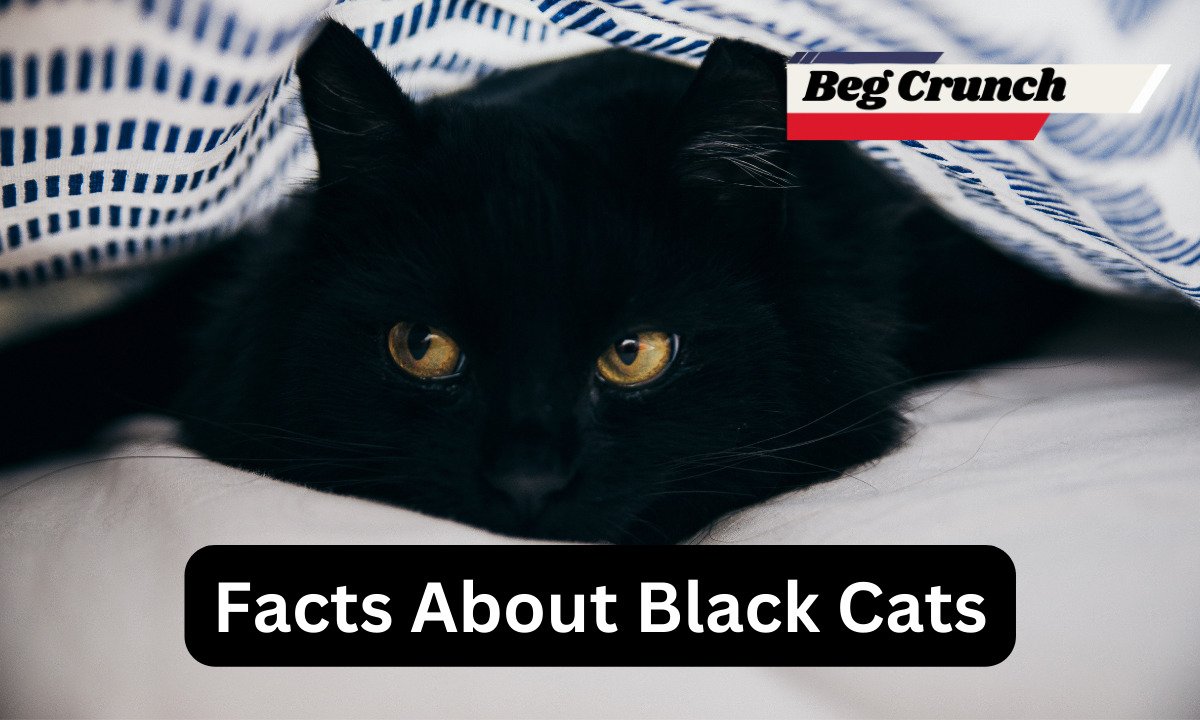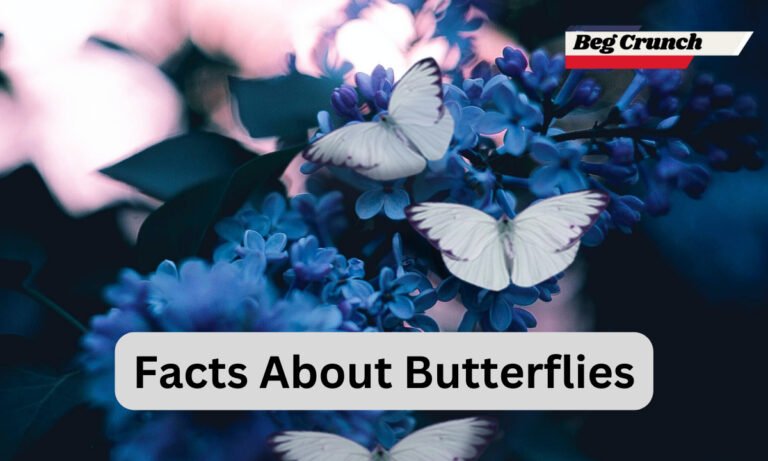Unraveling Intriguing Facts About Black Cats
Black cats, often shrouded in mystery and superstition, have captured the human imagination for centuries. These enigmatic felines, with their sleek ebony fur and luminous eyes, have been both revered and feared across different cultures and periods. In this article, we’ll delve into a collection of captivating facts about black cats that illuminate their fascinating history, unique traits, and enduring symbolism.
The Myth and Magic of Black Cats
Ancient Beliefs: Guardians of Egypt’s Mysteries
In the annals of history, black cats emerge as enigmatic figures woven into the rich tapestry of human beliefs. Ancient Egypt, a cradle of mysticism and symbolism, venerated these creatures as protectors and bearers of good fortune.
Revered for their sleek beauty and feline grace, black cats were linked to the goddess Bastet, a deity of home, fertility, and protection. Bastet’s benevolent gaze was believed to cast a shield of security over households, rendering black cats symbols of warding off malevolent forces.
Beyond their terrestrial realm, black cats’ mystique reached celestial heights in Norse mythology. Freyja, the goddess of love and fertility, was envisioned as riding in a chariot drawn by magnificent black cats. These majestic felines were not just steeds but embodiments of her grace and power, reflecting the intricate interplay between nature and divinity in ancient cultures.
Medieval Superstitions: From Guardians to Omens
The medieval era, with its cloak of mysticism and fear, witnessed a metamorphosis in the perception of black cats. Once symbols of protection, these graceful beings found themselves enshrouded in superstitions.
The rise of witchcraft accusations in the Middle Ages cast a shadow on these animals, linking them to the supernatural world. Black cats, once guardians of households, transformed into embodiments of witchcraft—a belief that forged a sinister connection between these creatures and the mystical arts.
Among the more disconcerting beliefs was the concept of the witch’s familiar—an otherworldly companion that aided witches in their arcane practices. The image of a black cat serving as a conduit between witches and the supernatural fueled fear and suspicion, casting a shadow of distrust over these once-revered creatures.
Sailors’ Beliefs: Feline Sentinels of Maritime Lore
Black cats, it seems, held both dread and admiration on the maritime stage. Sailors, masters of navigating treacherous waters, bestowed upon black cats the dual roles of omens and protectors. Sailors’ beliefs were a dance between hope and trepidation, reflecting the duality of the sea’s tempestuous nature.
Onboard ships, black cats were cherished for their perceived power to bring good luck and ensure safe voyages. Their presence was considered a talisman against the capricious whims of the ocean. Yet, a more complex narrative emerged—one that mirrored the sea’s mercurial temperament. Should a black cat venture away from the ship or, in a leap of symbolism, overboard, it was viewed as a harbinger of misfortune, casting an aura of foreboding over the journey.
Symbolism and Cultural Significance
Modern Superstitions Even in the modern era, black cats continue to evoke superstitions. Some people believe that crossing paths with a black cat brings bad luck, while others see them as symbols of good fortune and prosperity.
- Pop Culture Icons
Black cats have also left their mark on pop culture. From the Salem witch trials to fictional characters like the DC Comics superhero Catwoman, these felines have become enduring symbols in literature, movies, and art.
- Good Luck Around the World
Interestingly, in some cultures, encountering a black cat is considered a harbinger of good luck. In Japan, for instance, a black cat crossing one’s path is seen as a positive omen.
Unique Traits and Characteristics
- Melanism
The black coat of a cat is the result of a genetic trait called melanism, which causes an increased production of black pigment in the fur. Black cats can have varying degrees of melanism, leading to differences in coat shade and patterns.
- Variety of Breeds
Black fur can be found across a variety of cat breeds, from the sleek Bombay cat to the charming British Shorthair. The black coat color is a result of specific genetic combinations that determine fur pigmentation.
- Eyes That Shine
The eyes of black cats often have a mesmerizing quality. Their vivid, luminous eyes can range in color from gold to green, adding to their mysterious allure.
Celebrations and Traditions
- Black Cat Appreciation Day
August 17th is celebrated as Black Cat Appreciation Day, a day dedicated to recognizing and appreciating these captivating felines. The day aims to dispel superstitions and encourage the adoption of black cats from shelters.
- Halloween and Beyond
Black cats are often associated with Halloween, a time when they are both celebrated as symbols of mystery and magic and also used as spooky decorations. They are seen as both adorable companions and mystical creatures.
FAQs
Q1. Are black cats considered unlucky?
A1. The belief that black cats are unlucky varies across cultures. While some cultures view them as bad omens, others consider them symbols of good luck and prosperity.
Q2. Why are black cats associated with witches?
A2. During the Middle Ages, black cats were associated with witchcraft and were believed to be witches familiars. This association contributed to the superstitions and fears surrounding them.
Q3. Are black cats more difficult to adopt from shelters?
A3. Unfortunately, black cats often face challenges in adoption due to lingering superstitions. Black Cat Appreciation Day and other initiatives aim to promote their adoption and dispel myths.
Q4. Do black cats have any health differences?
A4. Black cats don’t have any specific health differences compared to cats of other coat colors. Their coat color is determined by genetics and doesn’t affect their overall health.
Q5. How can I help promote positive perceptions of black cats?
A5. You can help by spreading awareness about the positive aspects of black cats, supporting shelters that prioritize their adoption, and educating others about the rich history and symbolism associated with these remarkable felines.
Conclusion
black cats stand as captivating and enigmatic creatures that have woven themselves into the fabric of human culture and folklore. Their symbolism, from ancient times to modern days, reflects both the light and shadow sides of our perceptions and beliefs. As we appreciate their unique beauty and endearing traits, we have the opportunity to celebrate their place in our hearts and remind ourselves that the true essence of these felines goes beyond superstition, revealing a rich tapestry of history, culture, and companionship.








